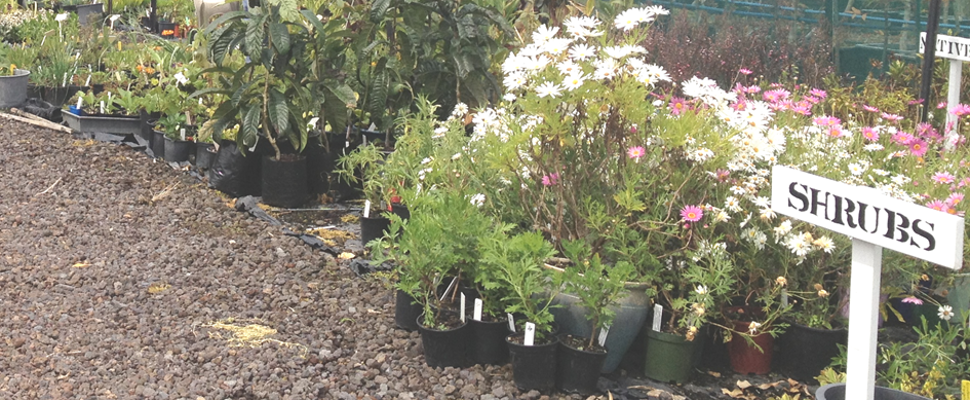
Savvy shopping
There are many choices to make when shopping for plants. Follow these suggestions to become a savvy plant shopper:
- Most garden centre visitors buy plants that have the most visual appeal at the time. These plants may not continue to be great garden performers, or may just a ‘flash in the pan’. We suggest making a list of what you want to buy before you go (check our website or visit our gardens to help you write your list).
- For root vegetables (such as beetroot, carrots and parsnips), buy seeds rather than seedlings. Root vegetables don’t like being transplanted, so are best sown where they are to grow, as are many wildflowers.
- Some plants are easier to grow from seed than from transplanted seedlings. These include beans, broad beans, peas, corn and coriander.
- Plant in the right season. Heat-loving vegetables such as basil and annuals such as begonias can be purchased at any time of year but will die if planted in winter. Check the seasonal advice on our website for recommendations on what to plant at different times of the year.
- Some plants are ‘past their best’ but still for sale. Avoid root-bound plants by checking if roots are protruding from drainage holes at the base of the container. Often the foliage of rootbound plants will be yellowish from lack of nutrients. Avoid vegetables and annuals that have unusually long and spindly stems.
- Choose trees and shrubs that are not rootbound, and that have no deformed branches or apparent wounds.
- In the garden centre, a large tree or shrub may look impressive and provide an immediate effect in your garden. However, a smaller specimen may grow better and eventually make a more robust, secure specimen.
- Indoor plants can be costly, especially large ones. Buying a smaller plant to grow is less expensive and will eventually produce the same result.